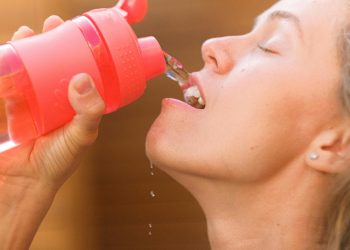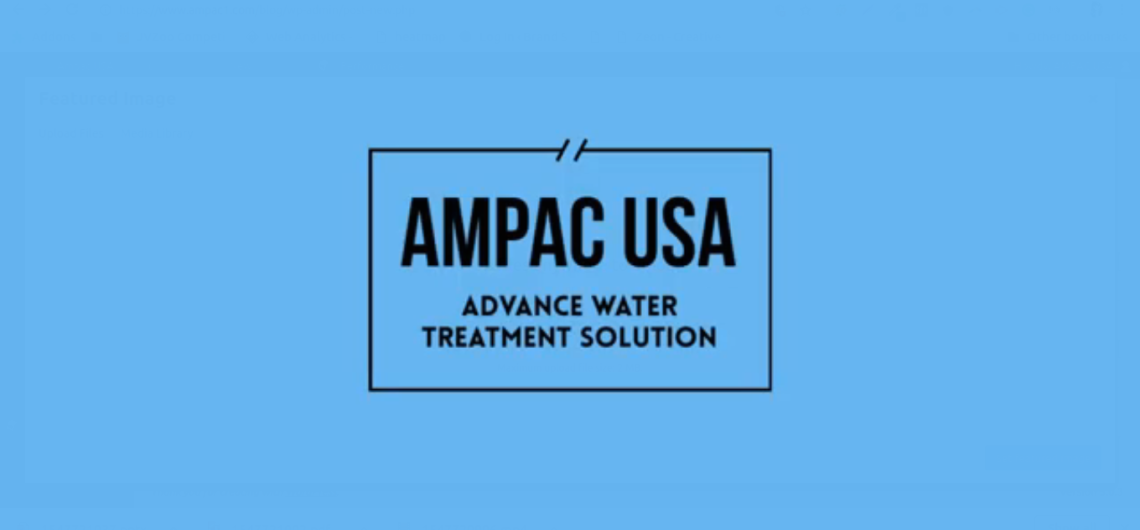Home Water Filtration Systems Can Give Your Home Clean, Clear Water
Whatever culture you’re from, whatever lifestyle you lead, there is one thing which is constant and that is the need of pure water for your home. Water in an untreated or contaminated form is nothing short of a deadly disease carrier. Depending upon the kind of activities in the surrounding environment, the soil conditions and a lot of other uncontrollable factors, your water supply may be carrying a combination of chemicals, particles, organisms and even radiations which are not good for your health. The need for pure water was recognized way back and for several years now, there have been countless methods implemented for making water healthy and safe for consumption. Basic measure such as boiling to highly sophisticated machines, there is serious technology in place for water purification.
Let’s understand some of these techniques and see how each helps eradicate impurities from water.
Distillation: The most tried and tested method which has been going on for generations. Works by boiling the water and sending the vapors to a condenser which converts the vapor back into its original form with added purity. By doing this, the water loses a lot of its impurities right at the boiling stage. Where this method fails a little is the removal of certain stubborn chemicals. Some harmful chemical types don’t get eliminated by boiling alone.
Sediment Purification: If your water supply contains a lot of particles, then this method will work really well for you. It involves pushing of raw water through a sediment filter. The filter blocks particles and releases consumable water. While Sediment Purification is the best for killing particles but it is far from the best when it comes to eliminating chemicals and other minute impurities. When merged with another advanced purification designed to kill chemicals, it forms a comprehensive filtration system.
Carbon Adsorption: What sediment purification is unable to achieve, carbon adsorption takes care of. It involves the use of activated carbon which not only blocks large organics and particles but also traps the minute ones. The type of material used for these filters is decided based upon the unique purification needs of the water supply.
Ultra Violet Systems: Ultra violet rays are absolutely ruthless when it comes to eliminating germs and organics from water. A typical U V purification system either kills these unwanted contaminants or makes them completely harmless. The effectiveness of U V is undoubtedly excellent while eradicating organics, but it proves to be quite inadequate while removing particles from water.
Candle or Ceramic Purification: Another one of the traditional methods, candle purification holds back unwanted chemical content while releasing pure water. While it is highly cost-effective, ceramic purification is not your pick if you’re looking for utmost purity out of your system.
Reverse Osmosis: Reverse Osmosis is the most comprehensive, reliable and effective technology for water purification. What makes it so powerful is its ability to remove the widest range of impurities which include bacteria, virus, chemicals, radiations, particles, organisms and a lot more. This extensiveness is not offered by any other technique. When you combine an R O with other systems mentioned above, it delivers the level of purity that you will get from bottled water. Not only for residential purposes, this technology is considered to be the most effective even for commercial applications requiring high water purity.












